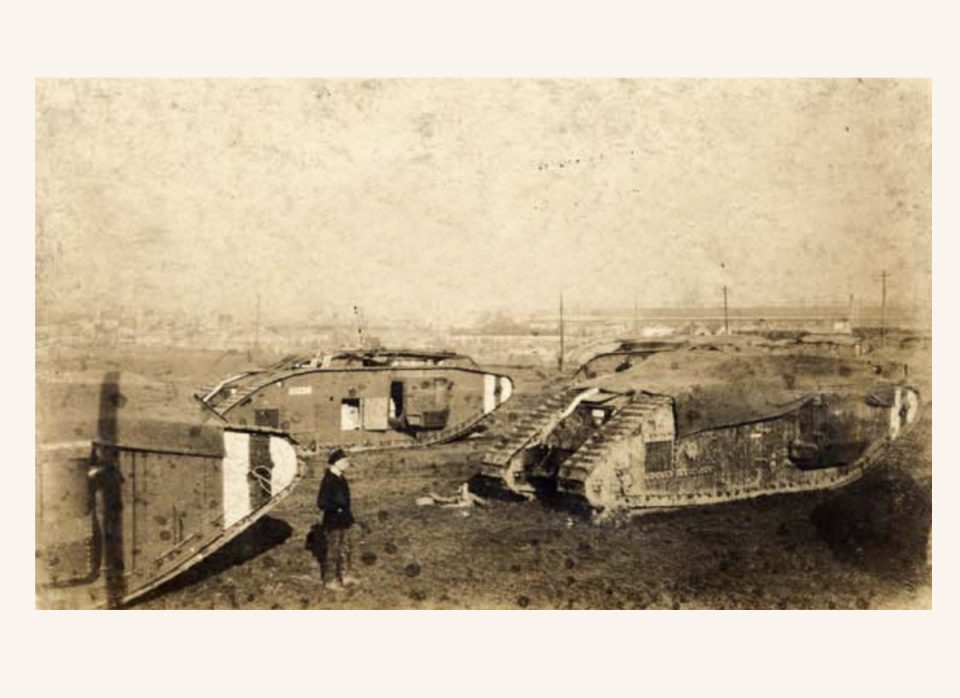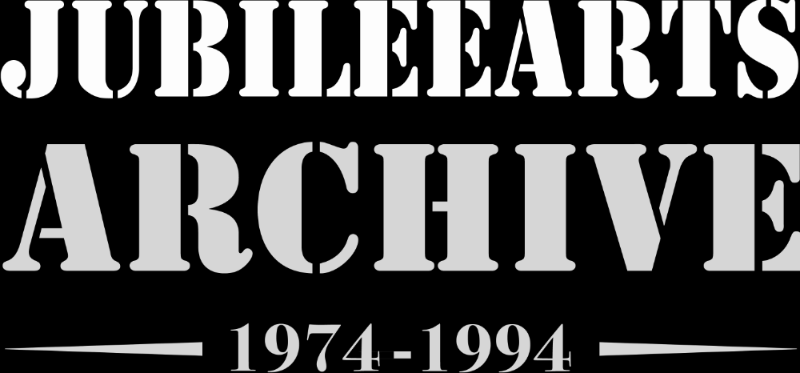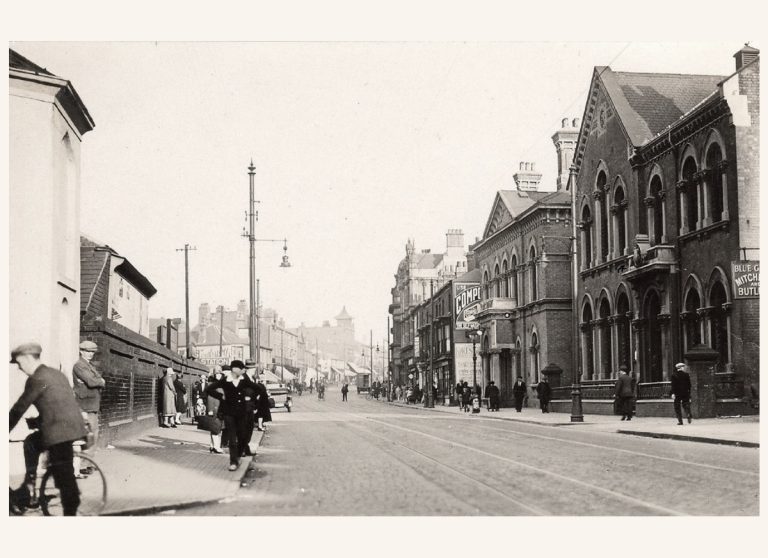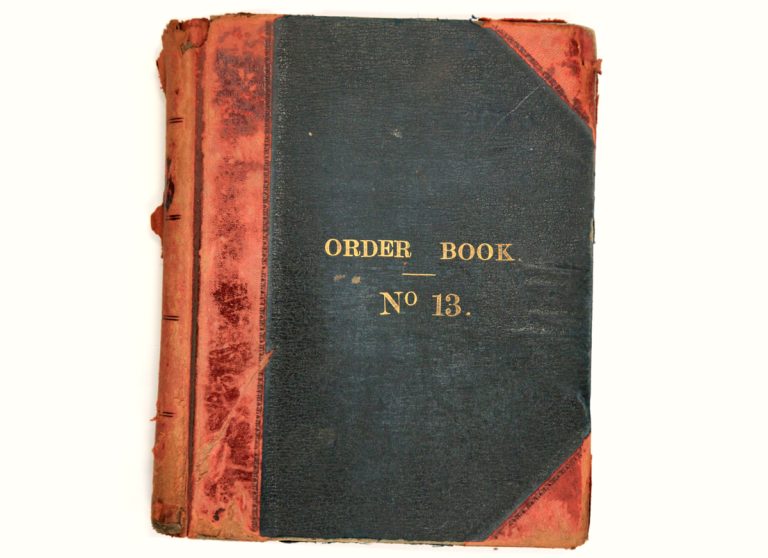Archive reference: PHS/2750

The photograph shows a postcard of a MK ‘A’ Whippet Tank, circa 1917. There was a Royal Naval Squadron based in the Black Country throughout the war, charged with testing these new machines. The Navy were responsible for the transportation, and the delivery of each tank to the war zone – hence their initial designation as ‘landships’. Though some were manufactured in Wednesbury and Birmingham, the main production site was at the Carriage Works in Oldbury – a site today occupied by Metsec, a metal manufacturing company. In 1918, they were to produce over 2,000 tanks at short notice for use in the 100 Days Offensive, which brings the Great War to an end.
Many of these vehicles made here were to be deployed after the Armistice, in the occupied countries or in continuing zones of conflict, with British troops in action as far afield as Mesopotamia, Murmansk, South Russia and the Caucasus.
Lt Col Albert Stern, Secretary of the Landship Committee, in his memoir ‘The Tank 1914-1918 – Logbook of A Pioneer’ writes of taking H.G. Wells to see the tanks being tested in September 1916. He says Birmingham, but he likely means Oldbury, as that is where they were indeed tested at the ‘experimental ground’ – this often being the Manifoldia playing fields alongside the canal.
He wrote: ‘A little later on I took Mr. Wells to Birmingham to show him how his idea had at last been realised. He wrote an article on what he saw, prophesying, as only he could, what would come of these new weapons, and urging that the factories should not be robbed of the men who could build them. At the time the article was forbidden by the Censor.’ A version of the article by Wells was later published in the New York Times in January 1917.
Some surviving examples of these tanks can be seen at Bovington Tank Museum in Dorset and one at the Imperial War Museum. One Mark V tank was on display at the Historical Museum, Kharkhov in the Ukraine. There were also two Mark V Hermaphrodite tanks to be found at Luhansk, which were restored in 2009 for display in a local park. These date from the years immediately after the First World War, when the British were providing support to the White Armies opposing the Bolsheviks in the Russian Civil War 1917-23.



